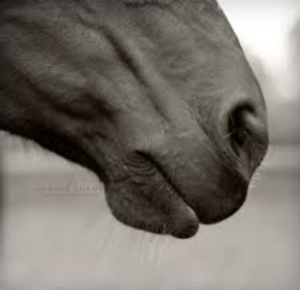words
 quickening
quickening
This is the word that got me thinking about the language of birth. I mostly just love the sound of it. It feels archaic and slightly mystical to me. I imagine it like a spell cast, a magic begun. Something ancient and private and blessed. Like
gloaming
which has nothing to do with pregnancy, but has the same feel. Joan Dideon writes in Blue Nights ‘The very word gloaming reverberates, echoes – the gloaming, the glimmer, the glitter, the glisten – carrying in its consonants the images of houses shuttering, gardens darkening, grass-lined rivers slipping through the shadows.‘ How beautiful is that?
Before the time of ultrasounds and blood tests, the quickening was the first time a pregnant woman could confirm she was ‘with child’. They held a special mass to celebrate Jane Seymour’s (Henry VIII’s no. 3) quickening in St. Paul’ s Cathedral. Slaves’ workload lessened from their quickening on, abortion was only illegal after it, a woman who had quickened could not be hanged.
For me, my quickening was a private, sweet moment at 16 weeks when this little one said hello. All three of mine did this during the same week. Some books say it can feel like butterfly wings. Mine was less the tickle of a wing and more the warm, velvety nudge of a horses muzzle.
Mary Wollstonecraft wrote of her quickening ‘He took it in to his head to frisk a little’. I like that too.
The Oxford Dictionary tells me of other words that we no longer use. A birth was referred to as
a groaning-time
a crying-out
The women at the start of labour here on the ward emit these low lying groans that make this, in one way, a perfect description. And the night I spent down on the labour ward was filled with such amazing, primal, force-filled roars that a crying-out seems quaint in comparison.
Deliver used to be a passive verb – it was the doctor who was the active one – ‘she beg’d that I would deliver her’. Nowadays it is generally agreed that the woman does the lions share of the work and a delivery seems closer to a package than a rescue.
Which makes me think of
swaddle
to wrap a baby tightly in cloth
A swaddled baby looks like a little parcel.
Max and I went to an exhibition on childbirth and babies at the MACHmit! Museum for Children in Berlin. We learnt of how aboriginals danced their newborns in smoke and mothers in Peru swaddled and strapped their babies to their chests. And we climbed inside a giant womb and lay beside each other next to a felt placenta and listened to a heart-beat. How strange to lie curled up beside your child inside a womb and talk about when he was inside you.
And then there is the original name for this hospital. The Dublin Lying-In Hospital. Which referred to the period of rest that a woman was expected to take after birth.
lying-In, accouchment, inlying, down-lying, confinement
The latter certainly has negative connotations. I think of the fury of Scarlet O’Hara being made to stay indoors once she started showing. Of her commandeering a horse and trap and storming off to wherever it was. Rhett or her factory or Tara. I read Gone with the Wind with Martha on my chest over the five days in hospital after she was born.
But there is something to be taken from these old words too. The Chinese traditionally treat their post-partum women with great care – they are expected to do nothing but feed their child for one moon cycle. In Germany the 40 days of
wochenbett
is still practiced. For both Max and Martha my midwives followed the formula after birth of 10 days in bed, 10 days around the bed, 10 days around the home and 10 days around my neighbourhood. I loved it. It gave me time and permission to be still, to recover, to get to know this new bundle, to work out how the hell to juggle it all.
And so now I sit and straddle both. My age-old quickening, my lying-in, my wochenbett. The ancient herbs I will take to strengthen my blood and qi after birth. How I will swaddle and wrap and tie my baby to my body. And then there is how I will deliver my child, with the most modern of procedures to ensure we both live and thrive. There are the incredible laser surgeries going on down the corridor on twins in-utero, there are the tests they can do on my blood that tell them how the baby is doing, the machine on my finger that reports how my lungs are functioning.
I sit and straddle and wait for the next stage of it all and my turn to leave my scratch on the history of this place.
continued from ghosts